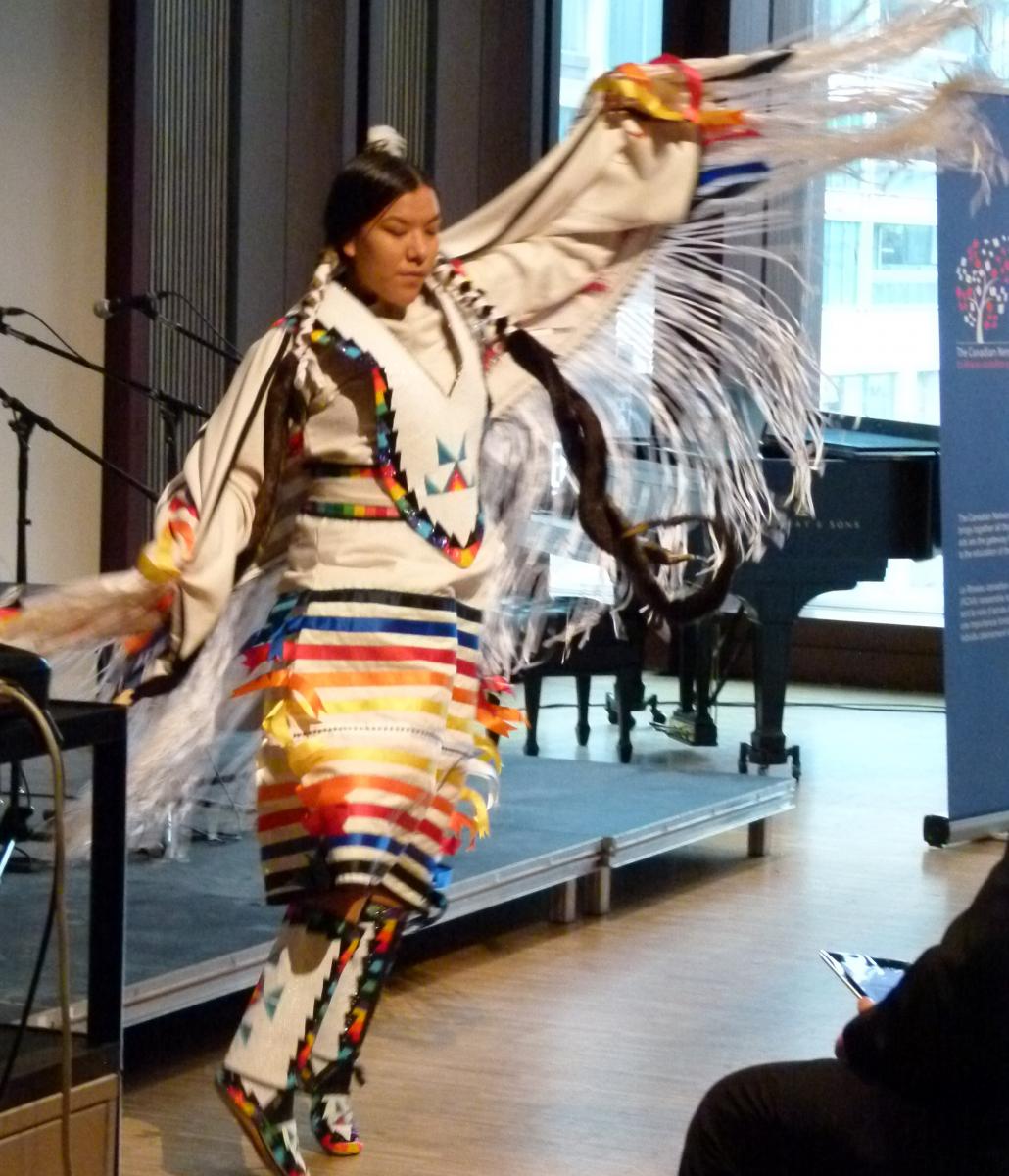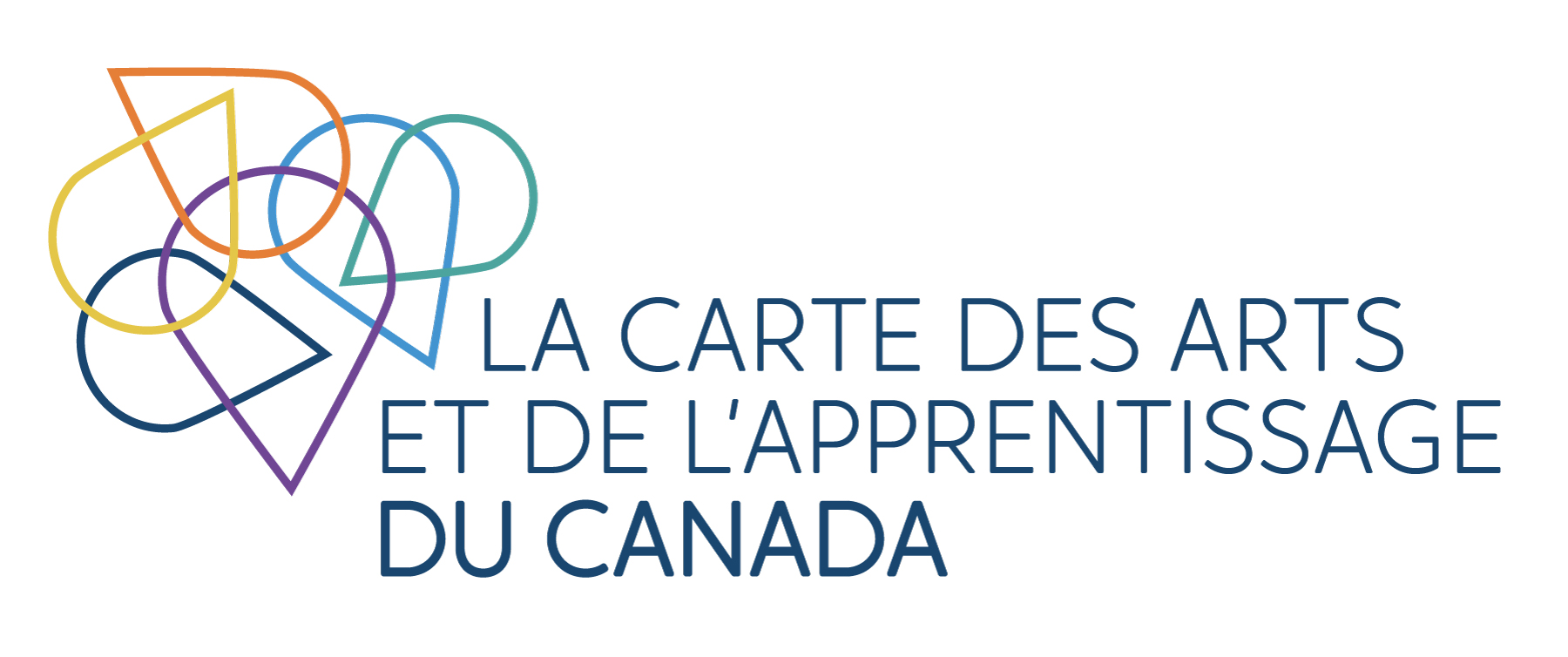
December 1, 2021
With the goal of enhancing the arts sector’s understanding of engagement behaviours and trends, this SIA Brief analyzes several Canadian information sources related to public engagement and spending in the arts.
This information could help arts organizations enhance their communications and marketing as the country emerges from the pandemic and as arts sector renewal and regeneration take place. Organizations could communicate the fact that people who have attended indoor arts activities have found them to be very safe. In addition, organizations could implement and emphasize risk mitigation measures that research has shown to be important, including controlled access with limited lineups, proof of vaccination, masking, limiting the number of attendees, and physical distancing. Another measure suggested by the research is easy cancellations if pandemic conditions or attendees’ situations change.
Like everyone else, we do not have a crystal ball to foresee how the arts sector will emerge from the pandemic and, specifically, how Canadians will perceive the risks and rewards of arts participation. There are negative and positive signs, which we outline below.
KEY FINDINGS
PESSIMISTIC
- 56% of pre-pandemic attendees expected to wait before returning to indoor arts or cultural performances, and 49% expected to wait before returning to art galleries or museums.
- Throughout the pandemic, many pre-pandemic attendees have remained unsure about when they would return.
- Many more Canadians planned to reduce (37%) than increase (19%) their spending on entertainment after the pandemic, compared with their pre-pandemic levels.
- Some pre-pandemic attendees have seen their income decrease, while others have changed their spending habits or taken on new hobbies.
- Uncertainty related to the Omicron variant of COVID-19.
OPTIMISTIC
- Spending on culture goods and services has increased consistently since a severe pandemic-induced decrease in the second quarter of 2020.
- Surveys show that many Canadians have missed and are eager to return to arts activities.
- Ontarians who recently attended indoor arts activities have felt very comfortable doing so. On a scale from 1 to 5, about 90% of attendees rated their comfort level as either 4 or 5.
REGIONAL DIFFERENCES
Public engagement intentions vary by region. For example, residents of Quebec and the Atlantic provinces are most likely to have already visited an art gallery or museum and least likely to wait before doing so. Residents of Ontario and the Prairies are least likely to have already visited and most likely to wait before doing so. Residents of British Columbia are between these two extremes.
UNANSWERED QUESTIONS
- With about one-half of pre-pandemic arts attendees waiting before attending arts activities, are there enough willing and ready attendees to fuel a full renewal of the arts?
- Have many Canadians permanently diverted their time and money away from activities that were not available during much of the pandemic, such as out-of-home arts activities?
- Can arts organizations, many of which are already in a precarious situation, afford to offer easy cancellations and refunds?
- Will arts sector risk taking be inhibited if the overriding goal is to generate predictable revenues?
- How lasting is the switch to online participation? Can this provide a solid business model for the arts?
- The pandemic has been particularly difficult for many Indigenous, racialized, D/deaf, and disabled Canadians. If arts engagement is negatively affected, what might this mean for artists and arts organizations that serve these communities?
- Are there differing situations between rural areas and large urban centres? Between smaller and larger organizations?
- In a crisis such as the pandemic, can the arts be better integrated into government responses such as wellbeing and mental health initiatives?
- Has the pandemic had an influence on the accessibility of some arts activities, thanks to digital engagement, the prevalence of outdoor performances, (generally) lower ticket prices for digital works, and new outreach strategies?
READ THE FULL REPORT HERE




